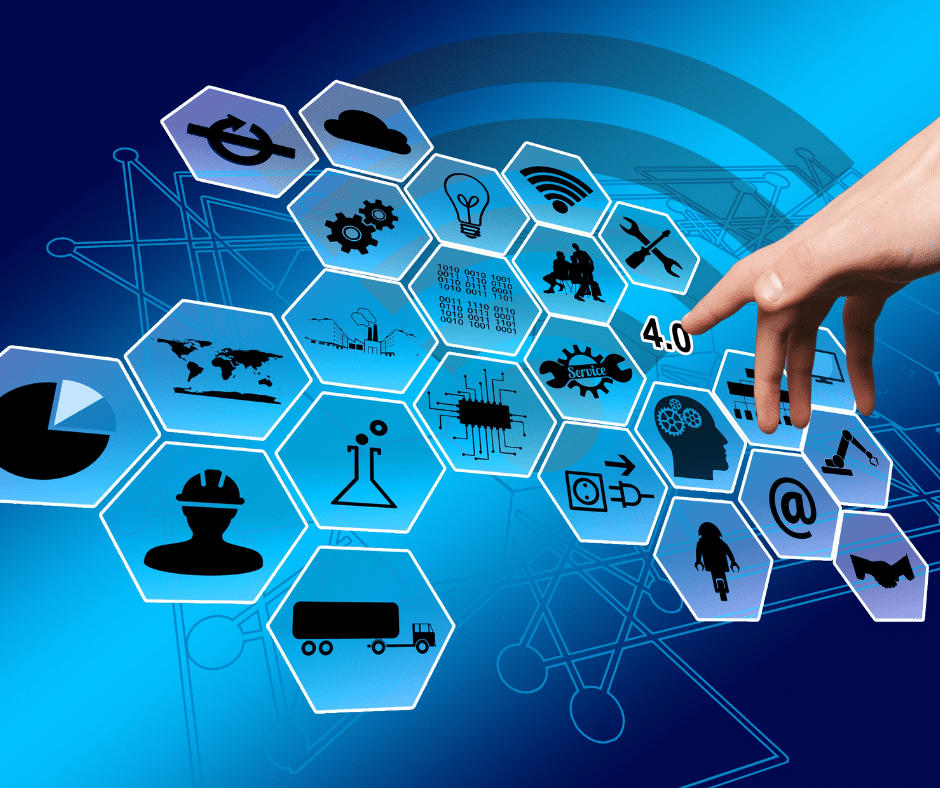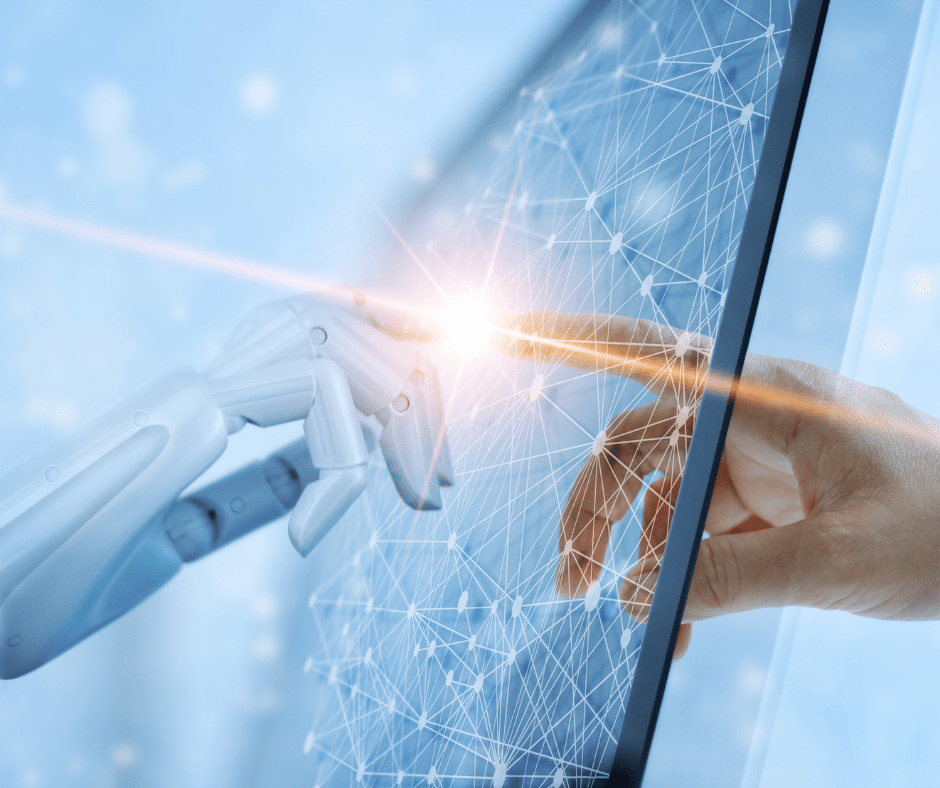Is it ethical for scientists to create artificial intelligence? The question sounds like science fiction, but it might be closer to reality than you think. Though AI has been around for decades, it’s not until recently that the technology has really taken off.

That’s thanks in large part to an algorithm called Deep Learning, which works similarly to how our brains process information. We know that the brain is made up of a network of neurons, and those neurons communicate with each other based on stimulation from other neural networks.
Deep Learning acts as a shortcut to stimulate those interactions without having to actually simulate the physical structures in our brains.
The idea that an algorithm can do things similar to how we think naturally is pretty mind-blowing, which is why some people are terrified of Deep Learning. When Deep Learning was first introduced in 2012, Google’s director of engineering Peter Norvig said, “We’re moving from search engines that answer factual queries to systems that can actually converse with us.”
The idea of AI having conversations may sound simple on the surface, but in reality, it opens up a world of ethical concerns.

First, let’s look at the positive effects of AI. The part that Google was using Deep Learning for is called “Speech Recognition” and it enables machines to not only understand what you say but also translate your words into another language.
This technology has the potential to make communication across languages and cultures easier, while also improving products like personal assistants.
Another benefit of Deep Learning is that it can be used for facial recognition in photo apps, which makes tagging photos with people’s names super easy. It also helps engineers detect fraud by identifying similar faces from security footage or identify what’s going on in a scene.
These are all very useful applications for this technology, but the fact that Google was using it to monitor YouTube comments and catch racial slurs is what has some people worried about AI going wild.
The idea of “big data” isn’t anything new; companies like Target track your purchases to figure out when you’re pregnant so they can inundate you with baby products. But when an algorithm is taught to recognize racial slurs, there’s the potential that this information may be used for ill intentions.

Deep Learning algorithms teach themselves by looking at massive amounts of data and selecting patterns based on what it sees. This means that it’s entirely up to the engineer who’s teaching the algorithm what patterns are important.
In conclusion, artificial intelligence is a technology that’s not only exciting but also has the potential to solve problems in ways we could never dream of. We’re at the beginning of this journey, which means there are lots of unanswered questions that will need to be resolved as this technology becomes more popular. Whether or not Deep Learning should be used for facial recognition or to find other speech online is a debate that’s going to take place in the coming years, and it’s an important one.
Both sides have valid points, but only time will tell if AI goes too far.
